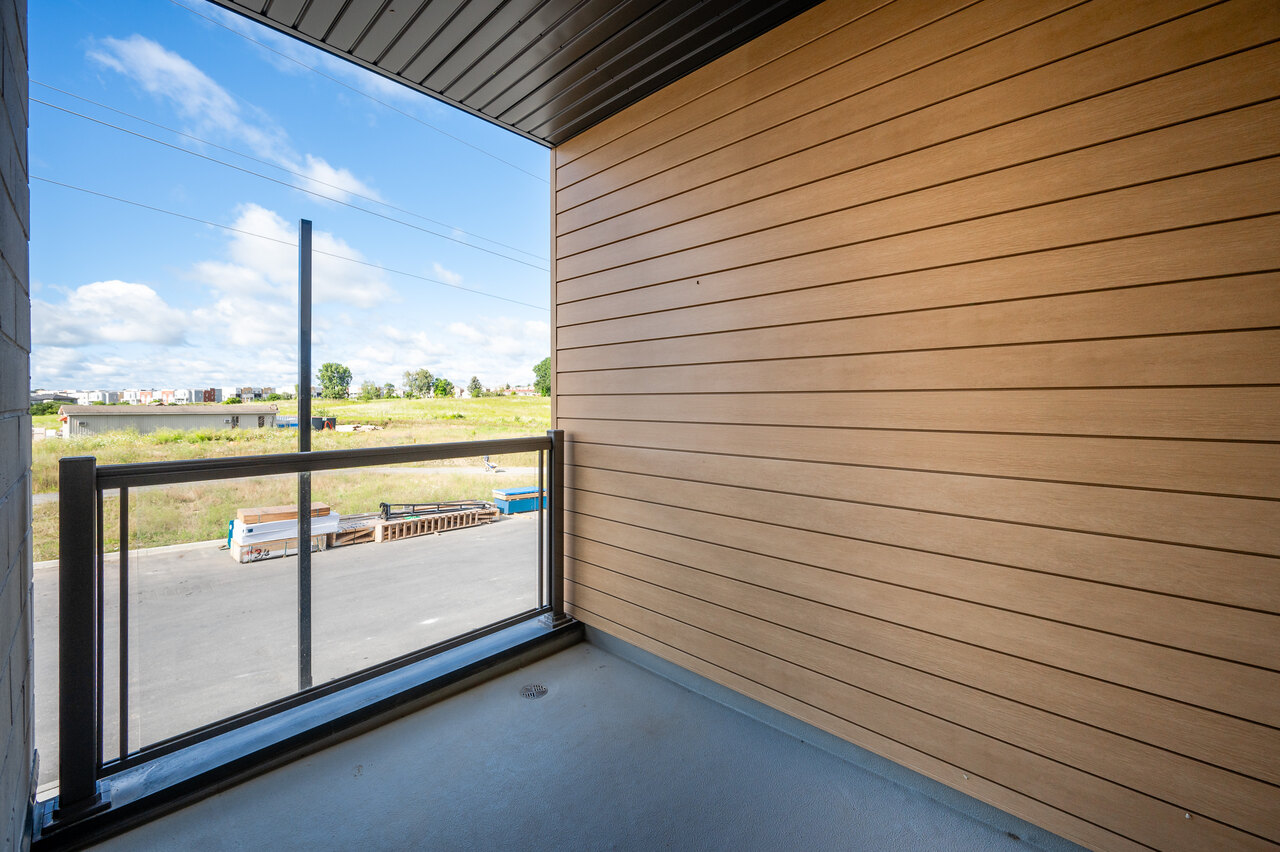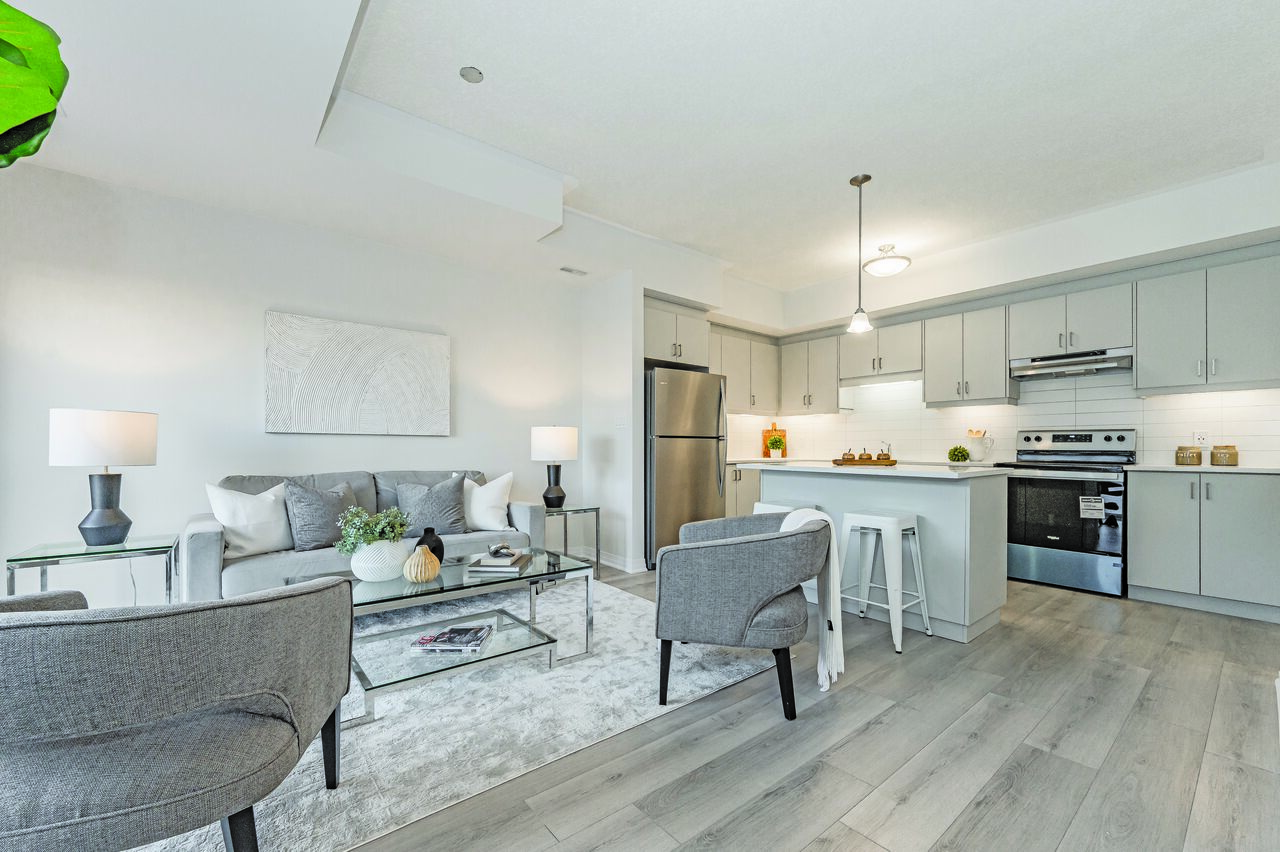Welcome to part one of our new series, Understanding Condominium Ownership, where we will be helping you understand what it means to purchase a condominium with Activa.
When it comes to home ownership, condominiums offer a unique arrangement where purchasers own a unit within a larger condominium plan. Contrary to common misconceptions, a condominium is not a specific type of construction; it can encompass various building types, such as high-rise buildings, townhouses, and stacked townhouses.
Continue reading to learn more about what to anticipate when purchasing a new condominium with Activa.
Please note that we highly stress the importance of reviewing your Condominium Package (also known as the Condo Docs). These documents are provided to you by an Activa Sales Representative at the time of purchase. Additionally, please be aware that some details below may not be relevant to resale properties.
What is a Standard Condominium?
While Activa offers an impressive array of condominiums, most of our buildings fall under the category of Standard Condominiums. A standard condominium contains both units and common elements. Each of these is outlined in the condominium package, specifying ownership boundaries and responsibilities.
What are Units and Common Elements?
Units are what the homeowner has purchased within the condominium and can be anything that is available for individual ownership. Common Elements, on the other hand, constitute any part of the condominium that is not a unit and is shared among all unit owners. This may include things such as hallways, elevators, roadways, visitor parking, and other amenities. Some common elements, known as exclusive use common elements, may only be accessible to specific designated unit owners. An example of this is a balcony, patio, parking space, driveway, etc.
What are Boundaries and Responsibilities?
The boundary between units and common elements is clearly outlined in the condominium package. This boundary is crucial as it determines the responsibilities of unit owners versus the condominium. Typically, a traditional boundary is used where the unit owner owns everything from the drywall in and the condominium takes care of exterior elements like roofs and windows. However, this can vary based on the project, emphasizing the importance of carefully reading the condominium package.
Can I read the Condo Documents prior to purchasing?
While you can request access to condominium documents before making a purchase, we typically provide these documents when sending you the Agreement of Purchase and Sale (APS) for signing. In condominium transactions, once both parties sign the APS, a 10-day “cooling off” or rescission period is initiated where purchasers can thoroughly review all documents, consult their lawyers, and seek clarification from us on any questions they may have. This period allows buyers to rescind from the deal without providing an explanation and without any penalty. If no withdrawal occurs during the cooling-off period, the deal becomes firm. It’s essential to note that the 10-day cooling off period begins upon the purchasers’ receipt of a signed APS and all necessary documents, including the condo-related paperwork.
**Note, we highly recommend you use a lawyer that is well versed in condo law, as they will be able to help you understand the legalese and are better suited to provide guidance and clarity as needed.
What is an Interim Occupancy Period?
The condominium cannot register with the land registry office until all units and common elements in a phase are up to a specified standard of completion. This in-between period is called interim occupancy; when the unit is ready and has occupancy and the buyer can move in but the unit is not registered. Condominium homeowners should expect to be in interim occupancy for a minimum of 6 months. Homeowners can indeed live in their homes before the condominium is registered with the land registry office but will not establish ownership until the unit is closed. During the interim occupancy period, buyers are responsible for paying some expenses (example, utilities not included in condo fees), however instead of paying your mortgage and property taxes to the bank, you pay a monthly occupancy fee to Activa called interim occupancy fees.
What are Interim Occupancy Fees?
During the interim occupancy period, unit owners pay a fee to Activa which is calculated by the interest portion of the balance owing on the purchase price, based on a one-year mortgage rate of the Bank of Canada, plus the estimated maintenance fees for the unit. This calculation is prescribed by Condo law. The Interim Occupancy Period varies for each unit and project, lasting from a few months to a year. These fees do not get applied towards the mortgage, but are collected to offset the expenses Activa will pay for services (garbage removal, snow clearing, insurance, etc.) that are required until the condo is established and has taken over these responsibilities.
PLEASE NOTE: Whether you choose to move into your home or not during this time, you will still need to pay occupancy fees. Your occupancy fees are estimated for you at the time of purchase, but this number is not guaranteed and could change by the time your home is ready to be occupied.
If you are looking to reduce your occupancy fees, here are two ways to do so:
Speak with an Activa Sales Representative at the time of sale about choosing a unit with a future occupying date/phase. Note that sometimes phase lines can change.
If you are not planning to have a mortgage, you can pay down the balance or a portion of the balance, of the amount owed to Activa at occupancy. This is something you would have to let us know ahead of time during your 10-day cooling-off period.
When is your Official Closing Date?
Shortly after the building and the unit is registered with the land registry office, you will be notified of the closing date. You must then, in turn, notify your lawyer and financial institution in order to prepare for closing. Your lawyer will notify you of your official closing date and when funds are received, title will be transferred to you. At this point, your mortgage will need to be in place.
**Note, Activa is legally bound to give you a minimum of 15 days notice from when the condominium is finally registered, until the setting of your actual closing date. This allows for your lawyer and financial institute to finalize all paperwork. As you get closer to this date, your Customer Experience Coordinator will keep you updated, and in turn, you can let all necessary third-parties know that they can start to prepare for this important date.
What are your Monthly Condo Fees?
To cover common element expenses, the condominium collects monthly fees from every unit owner. These fees, separate from mortgage payments and property taxes, contribute to the condominium’s operational costs. The calculation of condo fees can be based on the number of units. The condo budget, influenced by factors such as unit boundaries and services provided, determines how these fees are allocated. Examples of expenses covered by condo fees include snow removal, landscaping, cleaning of common areas, and the reserve fund.
The exact fee, and what it will be contributed to, are outlined in your condominium documents – provided to you at time of purchase.
What is Phased Registration?
Based on the size of the community, number of units, or city by-laws, we may decide to register the community in phases, meaning a few buildings at a time. This eliminates the requirement to have all proposed buildings in a standard condominium plan completed before the condominium plan can be registered. In turn, this means that title transfer (i.e. homeowner ownership) happens quicker, as opposed to waiting for the entire community to be completed.
How does property management work?
Once 51% of the first phase of the community is registered and closed, a “Turn Over Meeting” occurs. This is where management responsibility moves from the builder to the assigned Property Manager. The Property Manager is then responsible for any common element concerns, budgeting issues, or questions regarding the day-to-day operation of the community, such as: contracting garbage pickup and enforcing parking rules or any condominium rules found in the Condominium documents. Once the Property Manager is in place, this is where you should bring all of your operational questions and concerns, rather than the builder.
What is the role of the condo board?
At the “Turn Over Meeting,” any residents who wish to be a part of the Condo Board can nominate themselves – residents vote and have the final say on who represents them. With the support of the Property Manager, the responsibilities of the Condo Board may include things like: conducting meetings where owners learn the state of the condo’s financials, preparing budgets and financial statements, keeping records, managing insurance, enforcing bylaws and rules, listening to resident’s concerns and approving alterations to the budget, etc. It is very common to see subsequent changes to the financials and budgets once the Condo Board is established. After all, it’s your community and your voice is important on how you want to see your community run.
We hope you found this blog educational and informative! Stay tuned for part two where we describe the differences in your Tarion Warranty, specifically between your Unit and the Common Elements. Since the ownership is quite different between the two, so are the ways in which you make a warranty claim.




